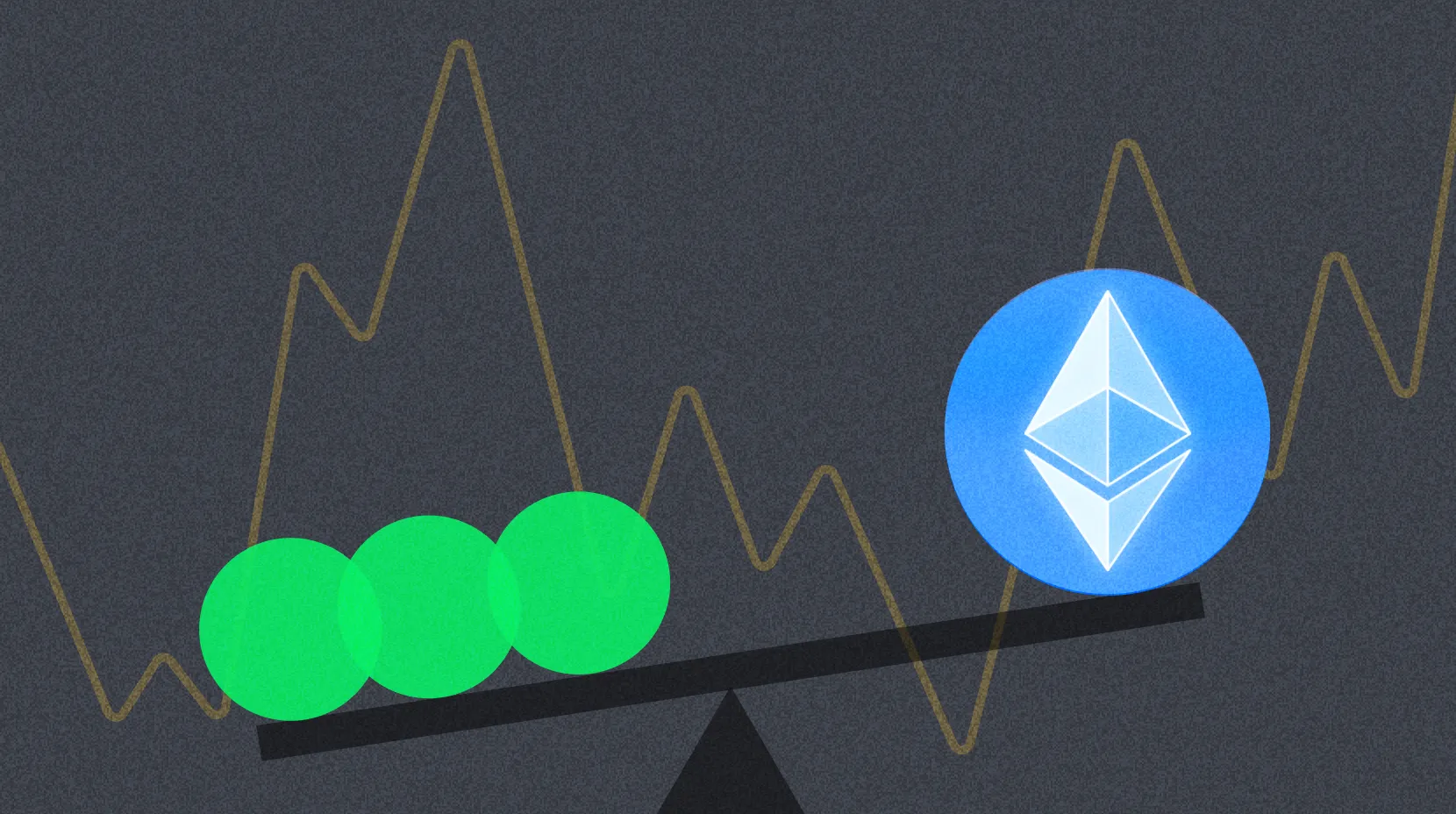Keuntungan dari Gate Futures Grid
Modul ini akan menganalisis secara mendalam enam keuntungan utama dari strategi grid kontrak melalui studi kasus, seperti amplifikasi keuntungan yang didorong oleh leverage, potensi keuntungan dua arah, arbitrase dengan biaya rendah, dan peningkatan efisiensi modal, dengan penjelasan perbandingan yang rinci untuk setiap poin.
Pengantar Bab: Modul ini akan menganalisis secara mendalam enam keunggulan utama dari strategi grid kontrak melalui studi kasus, seperti amplifikasi keuntungan yang didorong oleh leverage, potensi keuntungan dua arah, arbitrase biaya rendah, dan peningkatan efisiensi modal, dengan penjelasan komparatif yang rinci untuk setiap poin.
Produk perdagangan grid kontrak yang dikembangkan oleh Gate dapat memberikan banyak keuntungan unik bagi pengguna spot dan KOL, menggabungkan strategi leverage dan grid. Perdagangan grid kontrak tidak hanya memungkinkan keuntungan selama fluktuasi pasar tetapi juga mencapai otomatisasi, diversifikasi risiko, dan efisiensi modal yang lebih tinggi.
1. Perdagangan dengan Leverage, Pengembalian Lebih Tinggi
Trading grid kontrak Gate meningkatkan potensi pendapatan untuk setiap transaksi melalui leverage, secara signifikan meningkatkan keuntungan bahkan di pasar dengan fluktuasi harga minimal.
Contoh: Misalkan harga Bitcoin naik dari $80,000 menjadi $80,500, jika profit dari satu perdagangan grid spot adalah $500, maka grid kontrak dengan leverage 2x akan menghasilkan $1,000, sehingga mencapai imbal hasil yang lebih tinggi.
2. Peluang Profit yang Ditingkatkan, Perdagangan Dua Arah
Kontrak grid Gate mendukung posisi panjang dan pendek, yang berarti pengguna dapat memperoleh keuntungan dari perdagangan grid selama pasar naik dan turun, menjadikannya ideal untuk pasar yang volatil.
Contoh: Dalam kisaran yang berfluktuasi, Bitcoin naik dari $80,000 menjadi $81,000, kemudian mundur ke $79,000. Pengguna dapat memperoleh keuntungan dengan membeli dari $80,000 ke $81,000 dan menjual dari $81,000 ke $79,000. Perdagangan spot hanya memungkinkan keuntungan selama kenaikan harga, dan keuntungan dapat dengan cepat tergerus selama penarikan pasar.
3. Biaya Lebih Rendah, Arbitrase yang Lebih Baik
Dibandingkan dengan perdagangan spot, perdagangan kontrak Gate menawarkan biaya yang lebih rendah. Misalnya, biaya spot pengguna VIP level dasar adalah 0,1%, sementara biaya pembuat kontrak berjangka hanya 0,02% - perbedaan biaya 5x, dengan perbedaan yang bahkan lebih signifikan untuk pengguna VIP tingkat lanjut. Ini secara dramatis mengurangi biaya perdagangan yang sering, membuatnya cocok untuk strategi grid yang intensif dalam membeli dan menjual, sehingga memperluas peluang arbitrase.
Khususnya menguntungkan bagi pengguna yang mencari keuntungan kecil dan sering dalam rentang fluktuasi yang sempit, biaya yang lebih rendah membuat pendapatan ini lebih kuat.
4. Pemanfaatan Modal yang Lebih Tinggi
Trading grid kontrak Gate memungkinkan pengguna untuk memanfaatkan 1-50x, memungkinkan lebih banyak perdagangan dengan modal awal yang lebih sedikit. Dengan pengaturan grid yang padat, bahkan pergerakan pasar minimal dapat dengan cepat ditangkap untuk arbitrase. Memungkinkan posisi dalam kedua arah, pengguna dapat beroperasi di pasar yang naik dan turun, memaksimalkan efisiensi modal.
5. Kontrol Risiko Fleksibel, Lebih Sesuai untuk Pemula Kontrak
Saat melakukan perdagangan kontrak grid di Gate, pengguna dapat mendistribusikan dana ke beberapa posisi kecil dengan mengatur leverage dan jumlah grid, mengurangi risiko dari perdagangan individu.
Dibandingkan dengan perdagangan kontrak tradisional, pendekatan investasi terdiversifikasi dari kontrak grid mengurangi risiko tinggi dari masuk posisi penuh, memberikan pendatang baru jalur operasional yang lebih stabil.
Contoh: Pendatang baru G memiliki 1000 USDT untuk kontrak. Dalam kondisi pasar yang sama, membuka kontrak tradisional secara langsung dengan 1000 USDT berisiko kehilangan 10% ($100) jika penilaian pasar tidak tepat. Namun, menggunakan grid kontrak dengan 10 grid masing-masing 100 USDT berarti hanya kehilangan 10% pada satu grid ($10).
Perdagangan kontrak tradisional melibatkan modal penuh pada satu titik harga, dengan risiko likuidasi yang jauh lebih tinggi dibandingkan dengan perdagangan grid kontrak. Perdagangan grid melibatkan penempatan modal secara bertahap pada berbagai harga, secara efektif menurunkan harga masuk rata-rata (untuk posisi long), membantu pengguna menahan risiko volatilitas pasar. Bahkan dengan kesalahan penilaian yang sedikit, pengguna memiliki margin kesalahan yang lebih besar dan dapat menunggu pemulihan harga.
6. Automasi dan Intervensi Rendah, Menghemat Waktu
Grid kontrak Gate adalah strategi otomatis. Pengguna hanya perlu mengatur parameter di robot trading cerdas Gate, yang kemudian secara otomatis mengeksekusi perdagangan. Ini mengurangi kebutuhan untuk memantau pasar secara terus-menerus, menghemat waktu dan meminimalkan gangguan emosional.
Sangat cocok untuk pengguna yang tidak memiliki waktu atau keinginan untuk terus-menerus memantau pasar, eksekusi otomatis dari kontrak grid menghemat upaya yang signifikan.





